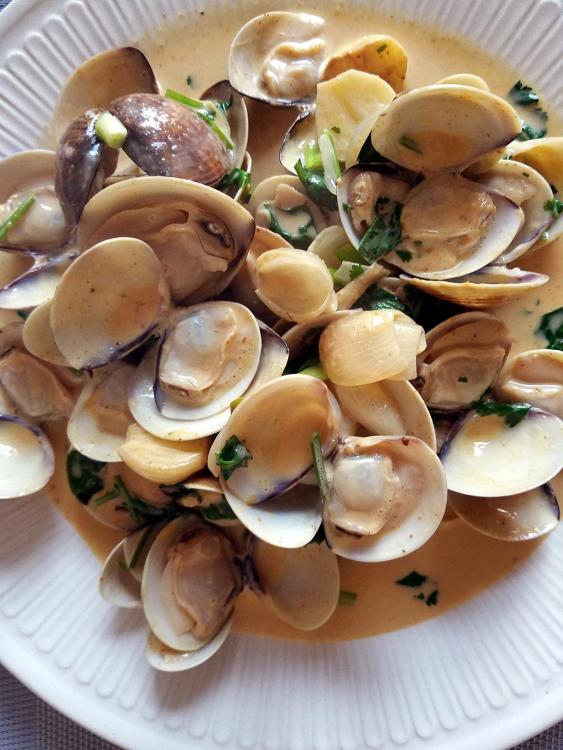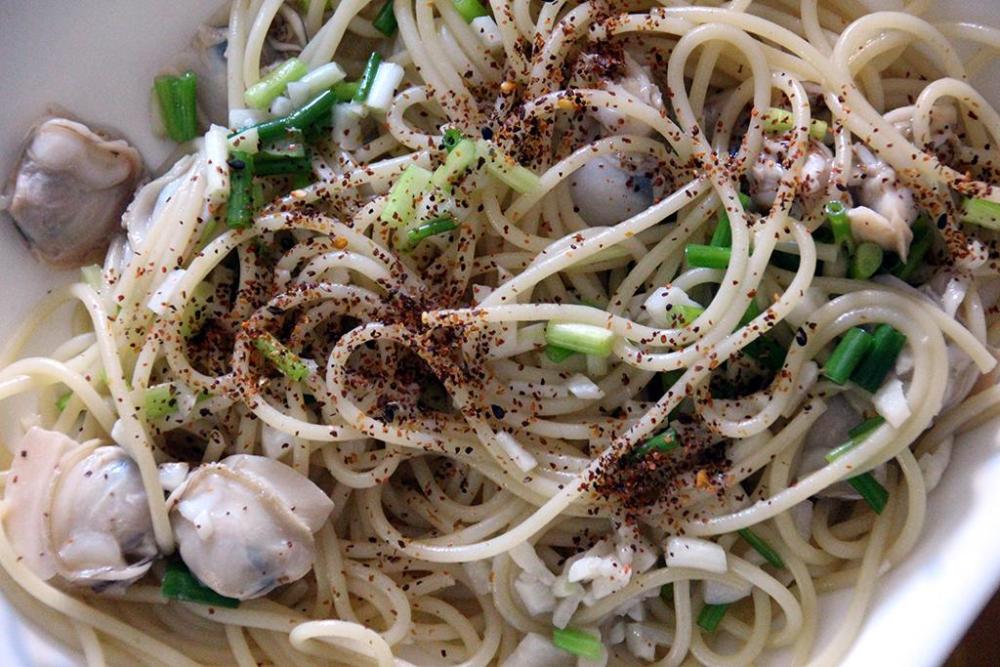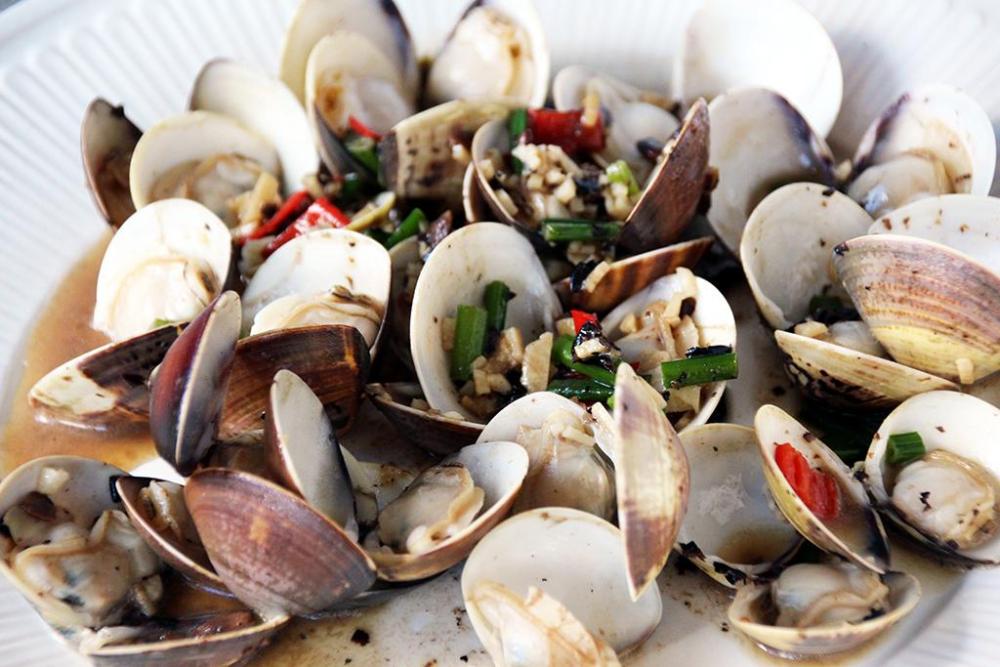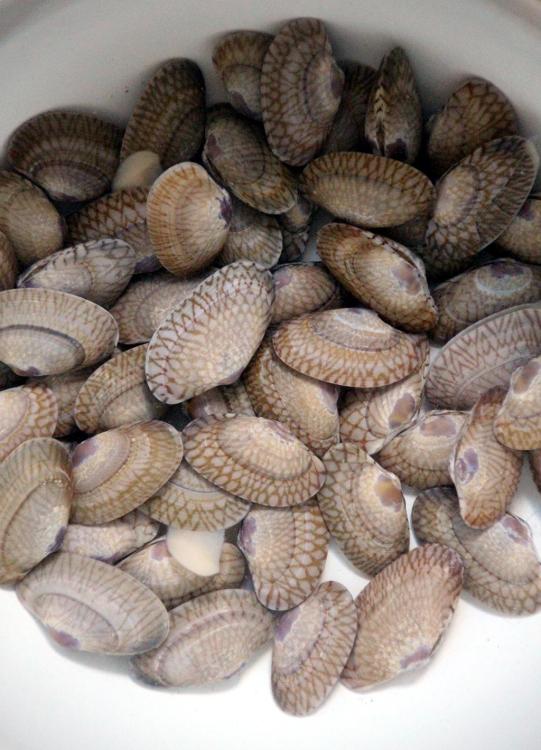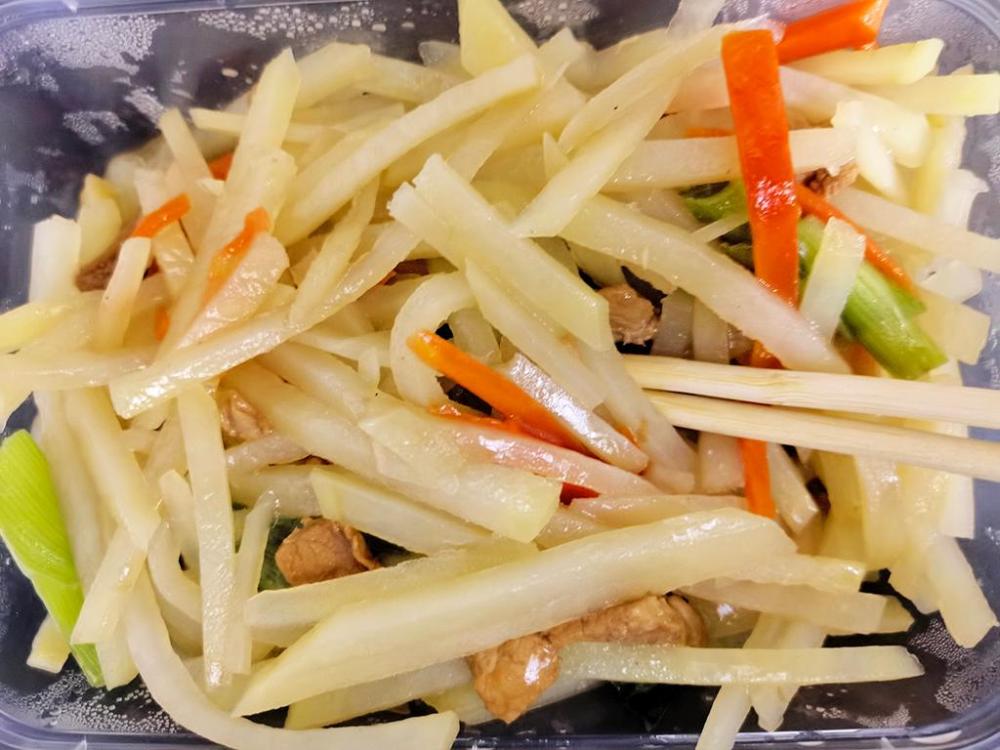-
Posts
16,675 -
Joined
-
Last visited
Content Type
Profiles
Forums
Store
Help Articles
Everything posted by liuzhou
-
25. 黄姚古镇 (huáng yáo gǔ zhèn) Movie Poster - Fair Use As I mentioned in the last instalment, the 2006 movie The Painted Veil was largely filmed in Guangxi. Only the Shanghai and London scenes were not – they were both shot in Shanghai. As I noted the river scenes were shot in Yizhou, leaving only the town where the couple lived and the hospital where they worked to be accounted for. These were shot in 黄姚古镇 (huáng yáo gǔ zhèn), Huangyao Ancient Town, which is in Hezhou (贺州 - hè zhōu) prefecture of eastern Guangxi. Many movies and television shows have been shot in this picturesque old town. The historic part of the town is around 1,000 years old and has changed little in that time. Today, it is quite a tourist destination, charging ¥100 per adult to visit (¥50 per child between 120 – 140 cm tall. Over 80s and kids 120 cm and under accompanied by a ticket holding adult go free.) More information here. Apart from the historical and general sightseeing attraction, the town is also of some culinary significance. The stuffed tofu I mentioned in the first post is considered to be a local speciality and the town is known for high grade soy beans and especially fermented black beans 豆豉 (dòu chǐ). But two products in particular stand out. Huangyao Fermented Black Beans 黄姚豆腐 (huáng yáo dòu fu) This literally just means ‘Huangyao Tofu’ but refers to a rather special type of fried then braised bun. Tofu made using water from the local well is crumbled and mixed with half-fat minced pork. This mixture is shaped into buns and half-fried. It is then braised in fermented bean sauce. It is claimed the Song Dynasty poet, 苏东坡 (sū dōng pō) (1037-1101) praised the dish in his writings, despite no one seeming to be able to quote the relevant passage although he was known as an early travel and food writer. The Hangzhou dish, Dongpo Pork is named in his honour. Almost every restaurant and café in the town serves the dish. "Huangyao Tofu" Hangyao Lobster Sauce In Chinese, “lobster sauce” is not a sauce made using lobsters, but a sauce suitable for serving with lobsters. Miles from the sea, there are not many lobsters in the town. A similar phenomenon can be seen in the Sichuanese “fish-flavoured” dishes, none of which include fish, but do contain ingredients often cooked with fish. Huangyao lobster sauce is only sold locally. It is made from fermented soy beans, the local speciality. It does not appear to be sold commercially but is widely available in the town. I do recommend the movie, but the original 1925 novel by W. Somerset Maugham is much better. The story was not originally set in Guangxi (or Shanghai). Although fictional, the historical and social background is realistic.
-
24. 血肠 (xuè cháng) 血肠 (xuè cháng), blood sausage is made and consumed in most parts of China from Hunan to Xinjiang (horse blood sausage a speciality) to the ethnically Korean community in Jilin province. I’ve tried most of them, but my favourite are from right here in Guangxi. 宜州 (yí zhōu) is a small city in Guangxi’s Hechi prefecture which borders Liuzhou. Movie fans may have seen it. The river scenes in The Painted Veil, directed by John Curran and starring Naomi Watts and Edward Norton were filmed in Yizhou. In fact, most of the movie was filmed in Guangxi, but not Guilin as many suppose. Yizhou, Guangxi - 广西宜州市 Liuzhou to Yizhou is approx 100km / 62 miles – about 1¼ hours by car. Every morning in the cool months, this lady travels here with her trolley which contains a gas tank and burner. She sets up and sells her steaming 宜州血肠 (yí zhōu xuè cháng) - Yizhou Blood Sausages, a local speciality, to office workers and passing foreigners. Her wares are made from fresh pigs’ blood and glutinous rice and taste remarkably similar to good Stornoway black pudding from Scotland, although they don't use rice and the spicing is different. The sausages freeze well if you remove the casing (it hates the cold). Yizhou Blood Sausage
-
Finally, I get something with a bit of spicy heat in a Chinese hospital. Perusing the menu app I noticed their take on 辣子鸡 (là zi jī), my favourite Sichuan dish of chicken with chilli peppers. I clicked! At noon today, it arrived for lunch as requested. The green chillies wouldn't pass muster in Sichuan, but it was good and spicy. With rice, natch.
-
23. 八宝饭 (bā bǎo fàn) 八宝 (bā bǎo) is an expression you quickly get used to seeing and hearing in China. It literally means ‘eight treasures’ and is applied to all sorts of things, especially foods. Eight treasure congee may or may not contain exactly eight ingredients. Neither might eight treasure soup or eight treasure picked vegetables or eight treasure tea. It generally just means a selection of ingredients. Eight is just their favourite lucky number. I first met today’s offering in a Miao peasant farmer’s home in the middle of nowhere in the Guangxi countryside. I’ll never forget it. Basically it was (is) a dessert dish of glutinous rice flavoured with unrefined cane sugar, peanuts, lotus seeds, sesame seeds, fox nuts, wolfberry (goji), jujubes etc. It is a favourite at the luni-solar New Year festivities. It certainly reinforced in my mind that glutinous rice is often called sticky rice. This was like eating mouthfuls of superglue. I couldn’t get my mouth open and could feel the rice lying on my stomach wall for hours after I ingested it. It is usually home-made, but occasionally can be bought pre-cooked in the market. Bundles can be seen in my picture. You may take it that this is not a recommendation – unless you have a crush on your orthodontist.
-
Dinner: 鸡汤 (jī tāng) - Chicken Soup (Very meaty) 香菇炒鸡肉 (xiāng gū chǎo jī ròu) - Stir Fried Chicken with Shiitake Sort of overdid the chicken when I ordered.
-
@JeanneCake I have learned that although the hospital does not employ a nutritionist directly, a woman fulfills that role freelance with the hospital's cooperation, charging the patients directly.
-
22. 油茶 (yóu chá) I’ll probably lose my honorary citizenship if I miss out this culturally important part of the local cuisine. In 2008, 油茶 (yóu chá) or oil tea was listed as an Intangible Cultural Heritage of Guangxi. All of the ethnic minorities claim it as their own and the Han majority are known to sometimes indulge. Depending on where you find yourself, you may hear it referred to as Dong Oil Tea; elsewhere Miao Oil Tea or Yao Oil Tea. Yao oil tea made headlines in 2019 when it set a Guinness World Record with 2,019 people making oil tea simultaneously. Oil Tea Ingredients The tourist trap city of Guilin even falsely claims it as its own. It isn’t exclusive to Guangxi either. Cross into Hunan and the Miao and Tujia there also claim it. Same in Guizhou. I’ve never heard of the Zhuang claiming it, but they certainly use it. All these groups’ oil tea is basically the same and they all agree on the name 油茶 (yóu chá) when using Chinese. Oil Tea Awaiting the Tea! I have written about this before, so some of you may have read parts of this on other topics. Sorry. Despite the unappealing name, I’ve grown to look forward to oil tea and its culture. It is essential for these ethnic minorities to welcome guests with the dish. I say dish because it ain’t a cup of tea. Instead it is more like a soup. And it isn’t oily. Oil Tea Camellia tree seeds are pressed to make tea seed oil, which is used both as a cooking oil and as the basis for the oil tea. This oil is used to fry regular tea leaves, green or black according to preference. I find black tea (which the Chinese call ‘red tea’) is the more common. The fried tea leaves are then used to make tea in the usual manner, by adding hot water and leaving it to steep. When the tea is suitably done, the leaves are scooped out using a bamboo scoop (see below). Green onions, ginger, garlic and salt are usually added but not so much by the Miao. Sometimes, pork offal is cooked in the tea, then discarded. Cooked glutinous rice is dried in the sun then fried in the same tea seed oil which causes it to puff up in a similar manner to popcorn. Peanuts and soybeans are also stir-fried. It is then served as shown above. It is considered polite to partake of a minimum of two bowls of the tea. Your host will keep replenishing your bowl until you make it clear you are definitely done. The tea tastes a little bitter on first tasting, but then the rice and peanuts etc kick in and mellow it out. Oil Tea Scoop It certainly keeps social life flowing among these minority people. Preparing Oil Tea in a Restaurant
-
21. 南宁中山路美食街 (zhōng shān lù měi shí jiē) In case anyone is concerned about my sore lack of seafood, let me take you on a trip to 中山路美食街 (zhōng shān lù měi shí jiē), Zhongshan Road Culinary Delicacy Street, the most popular food street in Guangxi's capital, Nanning. Every night from around 6 pm, it is packed with people snacking on freshly cooked seafood. I have captioned nothing and present it in random order, which is how it goes in the street. and many more...
-
I meant that the photo doesn't look so good.
-
-
肉粥 (ròu zhōu) There is, I'm sure, no way to make congee look good. This was pork congee and my breakfast. Very good it was, too.
-
It has long been a staple of TCM and folk medicine. My late wife's favourite, too.
-
Same with me and passion fruit. I remember exactly where I saw the flowers first and thought (still think) they were so beautiful. Although I like the fruit, it pales beside the flowers.
-
The dish which comes to my mind most closely matching your description is indeed 茄子皮蛋 (qié zi pí dàn), a relatively mild Sichuan dish, usually employing just a little green chilli pepper. It also makes use of sesame paste, which may account for the sweetness you mention. I have recipes in Chinese for the dish and would be happy to summarise the ingredients and general method, if you think it is what you are after. Just let me know. Alternatively, search for 茄子皮蛋 on the search engine of your choice and it should list Chinese language recipes (with pictures). If any appeals to you as being close to what you are looking for, send me the address.
-
20. 生蚝 (shēng háo), 牡蛎 (mǔ lì), 海蛎 (hǎi lì), 蚵仔 (é zi) Thousands of 生蚝 (shēng háo) oysters are eaten every day across Guangxi. Every day two women sit in the main seafood market shucking the molluscs. Yes, they deliver to the restaurants pre-shucked losing all the internal juices. The other names listed above are alternatives in different parts of China. The last is only used in Taiwan. Oyster Shuckers - Liuzhou Very few, if any, of those oysters are sold as I like to eat them. The general Chinese reluctance to eat anything raw goes into overdrive at the mention of oysters. Restaurants refuse to sell me raw oysters, fearing lawsuits when I surely drop dead after the first one. That is when they finally realise I’m being serious. They think I’m joking when I ask for them raw with a lemon. Only once, have I managed to persuade a roadside stall holder to serve me a plate and he watched very nervously, then was amazed to see me still alive the next evening, when he refused to repeat the experience. Grilled Oyster Vendor in Laibin, Guangxi. His oysters are farmed in 湛江 (zhàn jiāng) in neighbouring Guangdong. So, I have to eat them at home. No hardship. I can buy them easily enough to take home. I get both wild ‘caught’ and farmed and can also save money by buying them in bulk boxes. They keep well wrapped in a damp towel in the fridge. The locals like to bury them in finely chopped garlic and grill them or, in restaurants, often cover them in fake fake cheese and grill that. By “fake fake” cheese I mean they use local copies of Kraft slices which, in my book, isn’t cheese in the first place. I’m surprised you call it American cheese; most countries would be ashamed to admit it! Fake Fake Cheese Anyway, I wouldn’t put good cheese on oysters either. I am a firm believer in the cheese and seafood don’t mix rule! But then, I am also the kind of person who thinks that the same cheese on a burger ruins the burger. I’m a cheese lover. Sacrilege I treat them with respect, shucking them myself immediately before eating, always careful to keep the internal juices, then hold them momentarily on ice until they are all ready. Unshucked Shucked and on Ice I then eat them with a little lemon or lime juice or with nothing depending on my mood. I did manage to persuade one young friend to try one. She didn't die, found the experience pleasant enough, but is still reluctant to repeat the experience. Pity. I have been eating these oysters here, every week in season, for over 20 years and never got sick once. (He writes from hospital, although my current condition is non-oyster related. They aren't on the hospital menu app, that I have noticed. In fact it's an exclusion zone for seafood of any kind. 😭 )
-
I messed up dinner and missed the deadine for ordering (which I hadn't been told about). Sweet talking a nurse led to me getting a meal on condition that I accepted whatever the kitchen sent - a risky proposition, but one I had no choice but to accept. I'm sure what they sent is not on the menu in this format. It was a bit of everything they happened to have, but actually quite good. Stir fried chicken with onion, Chinese yam, carrots, wood-ear fungus, potato. Rice. More than I could eat. Equivalent of $1.50 USD. All tomorrow's meals have been ordered.
- 699 replies
-
- 10
-

-
- 699 replies
-
- 11
-

-
6b 雪蛤 (xuě gé) Something I forgot to mention when discussing frogs. 雪蛤 (xuě gé), hasma is the oviducts and surrounding fat of a type of frog, Rana temporaria chensinensis, the Asiatic Grass Frog or Forest Frog. This part of the frog, believe it or not, is considered a delicacy and used in a number of desserts and sweets.
-
19. 鱼子 (yú zǐ), 飞鱼籽 (fēi yú zǐ), 蟹黄水 (xiè huáng shuǐ), 虾子 (xiā zǐ) , 鲕 (ér), Flying Fish Roe Although I mentioned it in passing, when looking at crabs, I deliberately left out any details of one important aspect, as it fits more comfortably with other issues and products. I am talking about the ladies’ roe, 鱼子 (yú zǐ). Unlike in many Western countries where lumpfish roe tends to be the choice for cheap substitutes for the good stuff, here the choice is much more likely to be flying fish roe 飞鱼籽 (fēi yú zǐ). This took off about ten years ago, when there was a craze for Japanese cuisine, especially sushi, which often features flying fish roe (とびこ - tobiko in Japanese, or in the less honest places, the cheaper 雅子 – masako, which is actually smelt roe.) Naturally orange in hue, tobiko is often recoloured, using squid ink for black, beet for red, yuzu for yellow, or ‘wasabi’* for green. I have, too, come across capelin roe, but only what I have found inside the raw fish. Even that is rare and capelin are not well known. Undyed Capelin Roe Somewhat more expensive and tastier is 蟹黄水 (xiè huáng shuǐ), crab roe. This red roe is particularly valued in China due to the fame of Yangcheng hairy crabs. Crab roe, too is often dyed other colours, especially black. Black Dyed Crab Roe Be careful if ordering it however, no matter the type of crab. The locals like to eat the ovaries, roe and digestive tract of the crab. This combination is known as 蟹黄 (xiè huáng), whereas the roe alone is 蟹黄水 (xiè huáng shuǐ). I don’t mean you shouldn’t eat it, but not unwillingly. Real caviar 鲕 (ér), from sturgeon is not thought of as Chinese but, in fact, China is the world’s largest producer by far, with one company, Kaluga Queen accounting for 60 tons a year, one third of all the caviar produced worldwide. They claim that twenty-one of France’s twenty-seven restaurants holding three Michelin stars serve their caviar as do Per Se and the French Laundry in the USA, among others. It is also sold domestically. The sturgeon are raised in Qiandao Lake, 355 k / 220 miles south of Shanghai. More information here. I don't know how much caviar makes its way to Guangxi apart from the three x 10g tins in my fridge. Kaluga Queen Caviar and Smoked Sturgeon Here is a selection of local dishes using the various roes. Scrambled Duck Eggs with Flying Fish Roe Baked Egg with Goose Liver and Caviar Shrimp with Orzo, Wakame and Crab Roe Hake with Black Crab Roe Avocado and Crab Roe Whole roes from freshwater fish, probably carp, are available in one store I frequent. I've never bought one. So cheap they can't be great. Or am I missing something? Other roes from non-native species such as cod, salmon and herring are available oline at import prices.
-
Yes, I know. That is why I was careful to say "active cocaIne".
-
There hasn't been active cocaine in Coca Cola since 1903.
-
18. 蛤蜊 (gé lí), 车螺 chē luó) One difficulty about living, or even travelling, in China is an often overlooked linguistic phenomenon. Many foodstuffs and dishes have radically different names in different parts of the country. Many have different names on different stalls in the market! I know several different names for the simple potato, for example. I first lived in Xi’an and made the effort to learn food names. After a year, I moved to faraway Hunan and was baffled. Everything seemed to be different, including food terminology. I started over and finally managed to order my dinner - usually successfully. After another two years, I decided to move to the neighbouring province of Guangxi thinking it wouldn’t be so different. My first attempt to order lunch in a hole-in-the-wall restaurant was a fiasco. I did finally manage to get something to eat, but had to learn a new language in five minutes, first. The first time, though, that I noticed this phenomenon was in my first year, on a trip to Qingdao (home of Confucius and Tsingtao beer). This seaside city has great seafood and I mostly ate at a family run, outdoor place opposite my accommodation. Here, I discovered a great dish of what that they called ‘gala’. I searched for this for ages elsewhere only to find that ‘gala’ is the Qingdao dialect for 蛤蜊 (gé lí), the accepted Mandarin. Now I am I Guangxi, where they are called something different again—车螺 (chē luó)! Whatever you call them, I like them – clams! With there being over 15,000 types of these bivalves in the world to choose from, I’m not short of choice. But I’m not going to even try to say what species 99% of them are. I don’t even know the local names (and neither do the people selling them). Clam and Mustard Greens Soup By far, the favourite dish locally is 车螺芥菜汤 (chē luó jiè cài tāng) or Clam Soup with Mustard Greens, so much so that in many supermarkets it’s only possible to buy the clams and mustard pre-wrapped together. I don’t buy mine in those supermarkets, although I often make the soup. Prepacked Clam and Mustard Greens for Soup The soup is the only dish most people know it's possible to make with clams and I regularly surprise friends by cooking them different preparations. I remember one friend being delighted seeing the clams all pop open when I cooked her clams with fermented black beans. That was years ago and she still talks about the dish. Black Bean Clams I also use the local clams in Asian dishes such as Red Curry Clams Clams with Scallions Clam and Noodles with Shichimi Togarashi or pair them with seafood such as Clams and Sea Snails in Oyster Sauce Apart from the clams above, in my favourite seafood vendor's place, I get more choice although this is unpredictable, depending on the catch, the season and the weather. , Huajia Clams White Clams I also see dried clams, used in stocks, soups and hotpots for their umami. Dried Clams Finally, we can occasionally find these large clams grilled in the night markets - known locally as 'purse clams' as they supposedly resemble that essential accessory. Grilled 'Purse Clams'with Garlic and Chilli
-
I don't believe so. They aren't that sophisticated. I don't think they even employ a nutritionist. That said, I'm not sure what health-based reason there would be for proscribing that particular dish! 😷
-
I grew up with, but was deprived of Turkish Delight. My parents ate it, but it was deemed too rich (expensive) and sophisticated for me and my siblings. When I was finally able to sample some, I was so disappointed. Some over-sweet jelly stinking of flowers . I'm still as unimpressed. I did try it many years later in actual Turkey just in case - no better. It was nearly as traumatic as my introduction to Coca Cola. I had heard of this heavenly concoction that came from America and epitomised a mysterious but fascinating dream world of rock 'n'roll and the big screen. It wasn't widely available in the 1950s UK. We were on holiday in Scotland and, as usual, it was pouring so my parents took us to a show of some kind. There they had Coca Cola and to make up for us missing the beach, my father bought my brother and I a bottle each. The extravagance! My brother loved it and I hated it. Sugary water! Heavenly it wasn't. Still can't stand the stuff.
-
酸菜肉末 (suān cài ròu mò) - Minced pork with pickled vegetables. 土豆丝肉 (tǔ dòu sī ròu) - Vinegared potato and carrot slivers with pork.


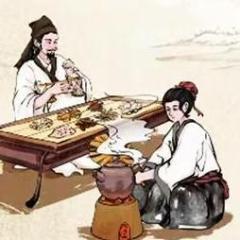
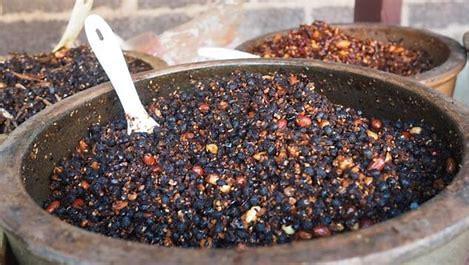



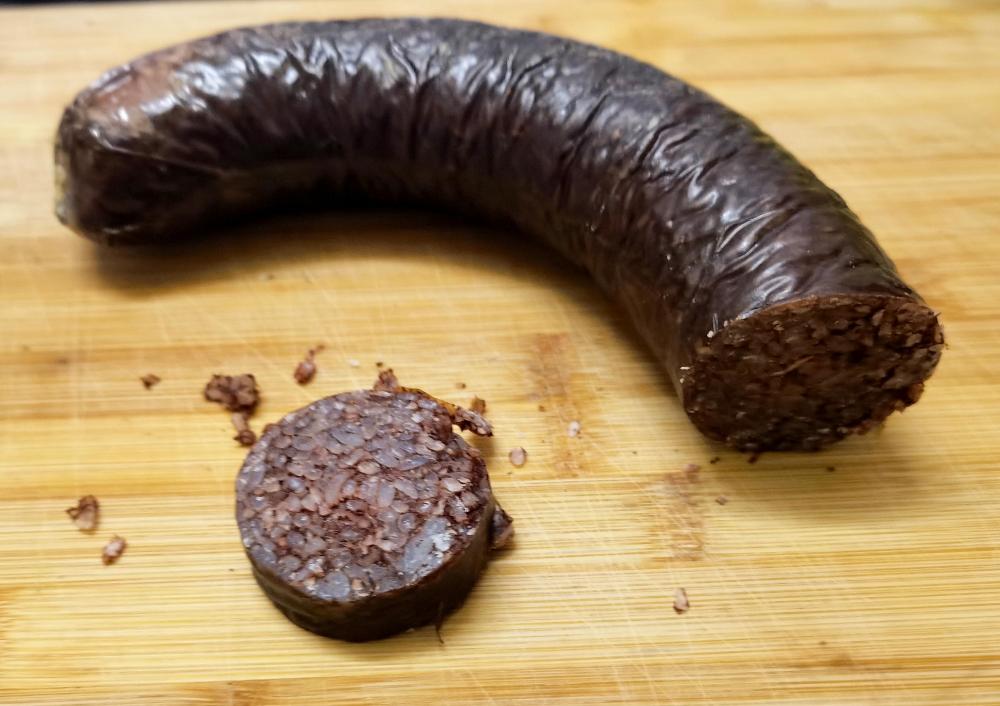
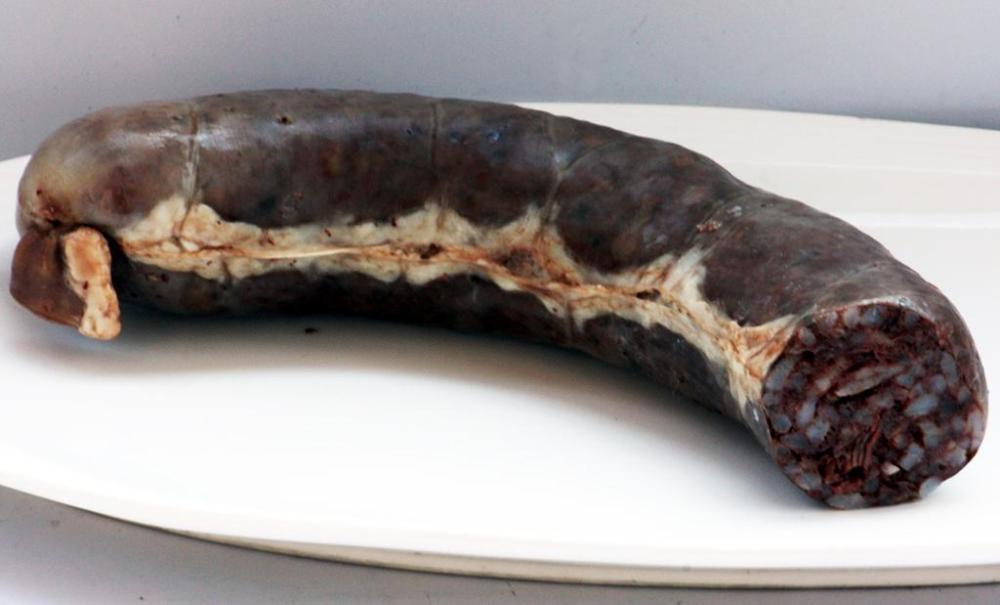


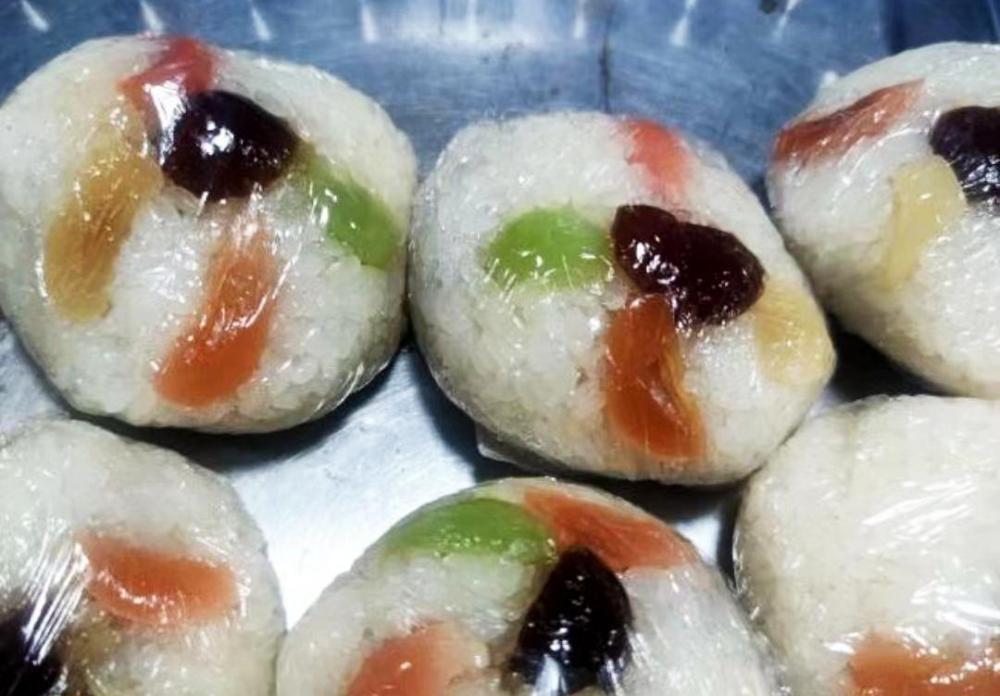

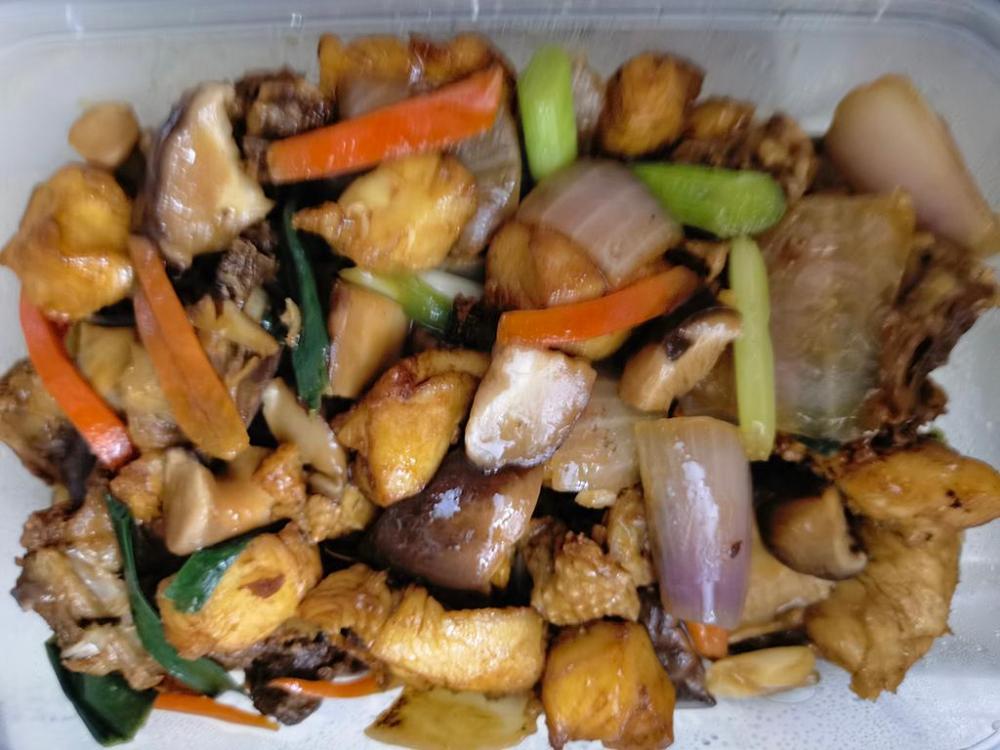


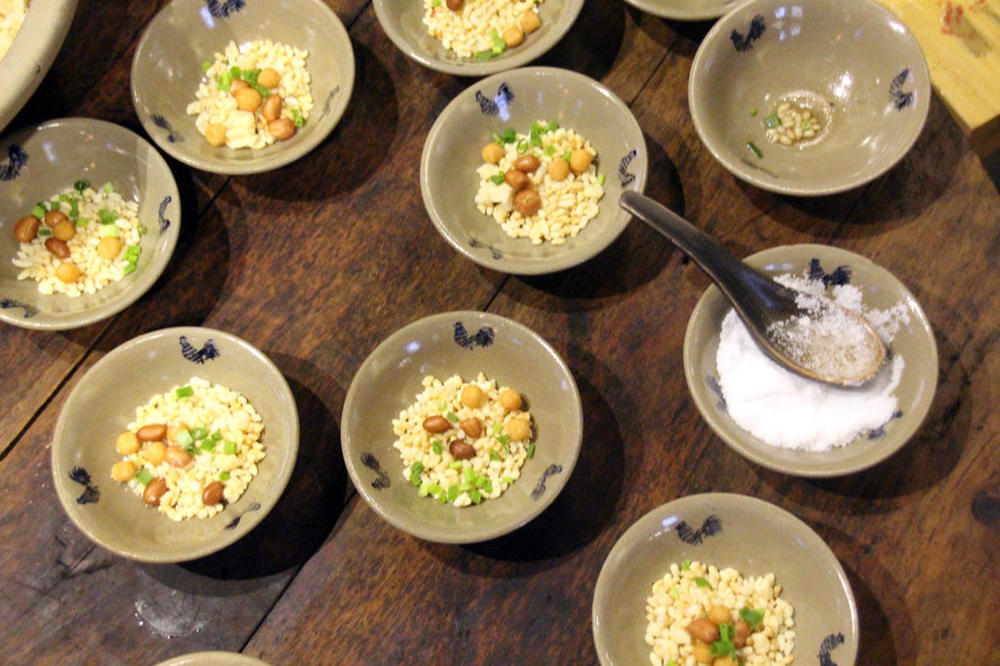
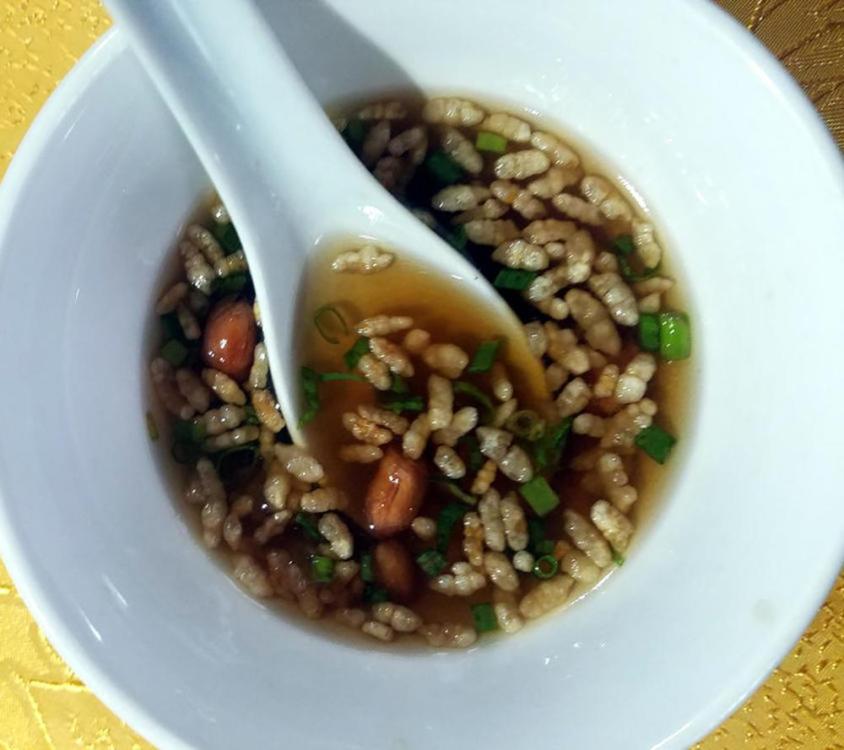
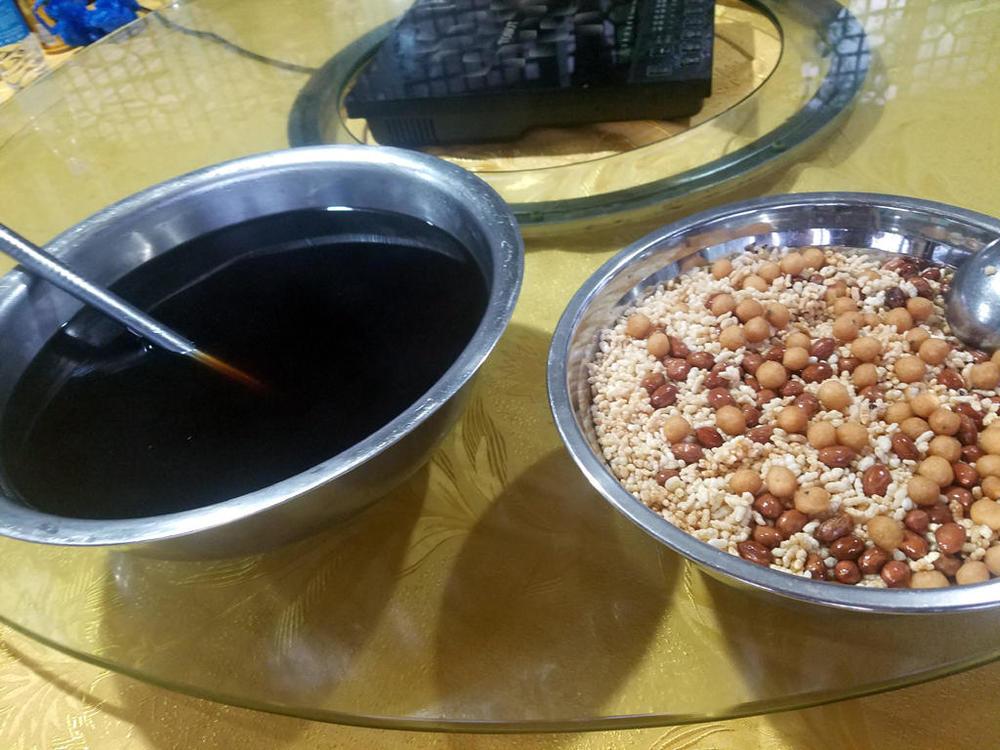


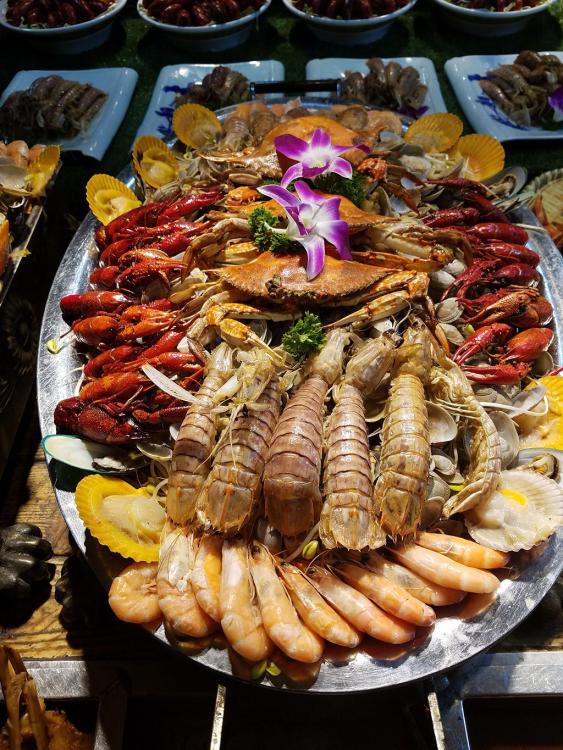

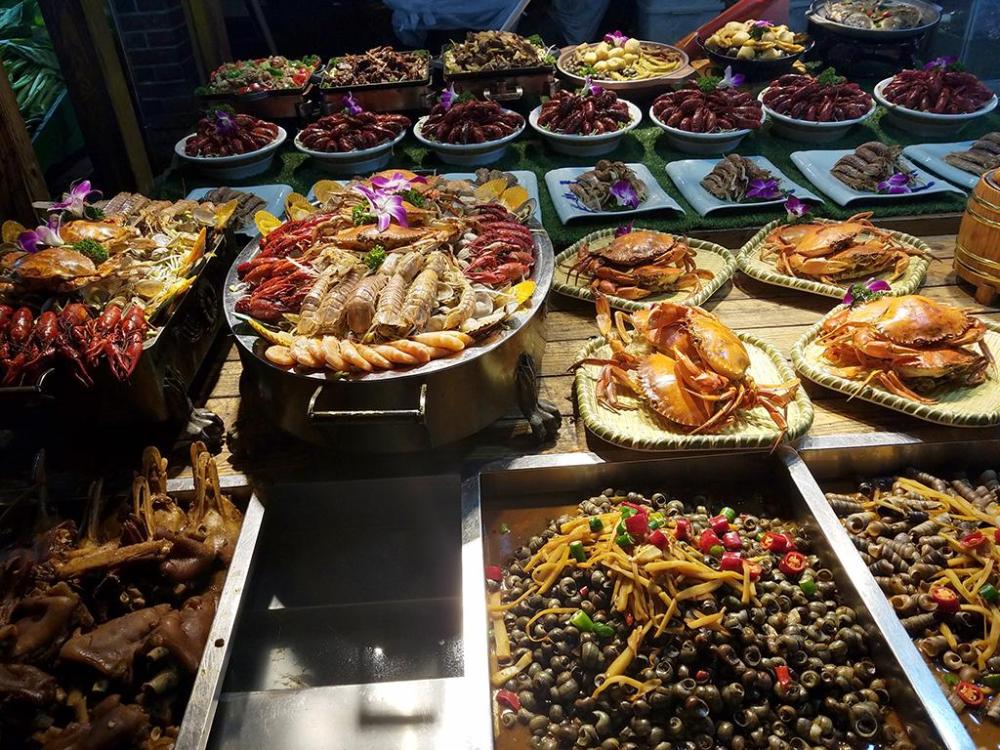

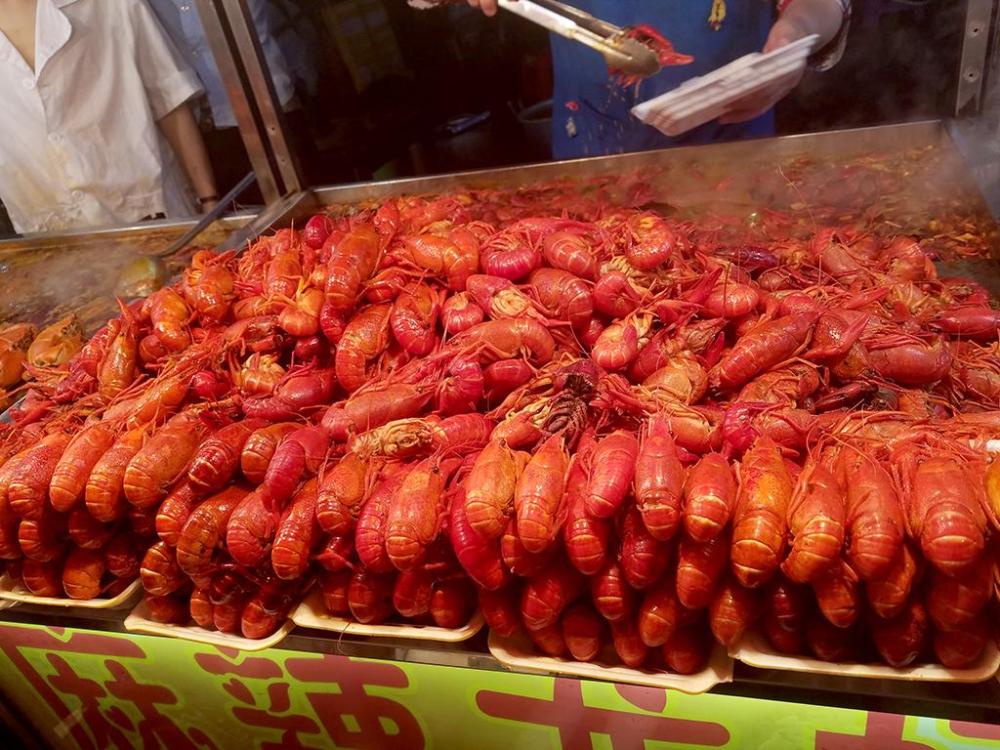


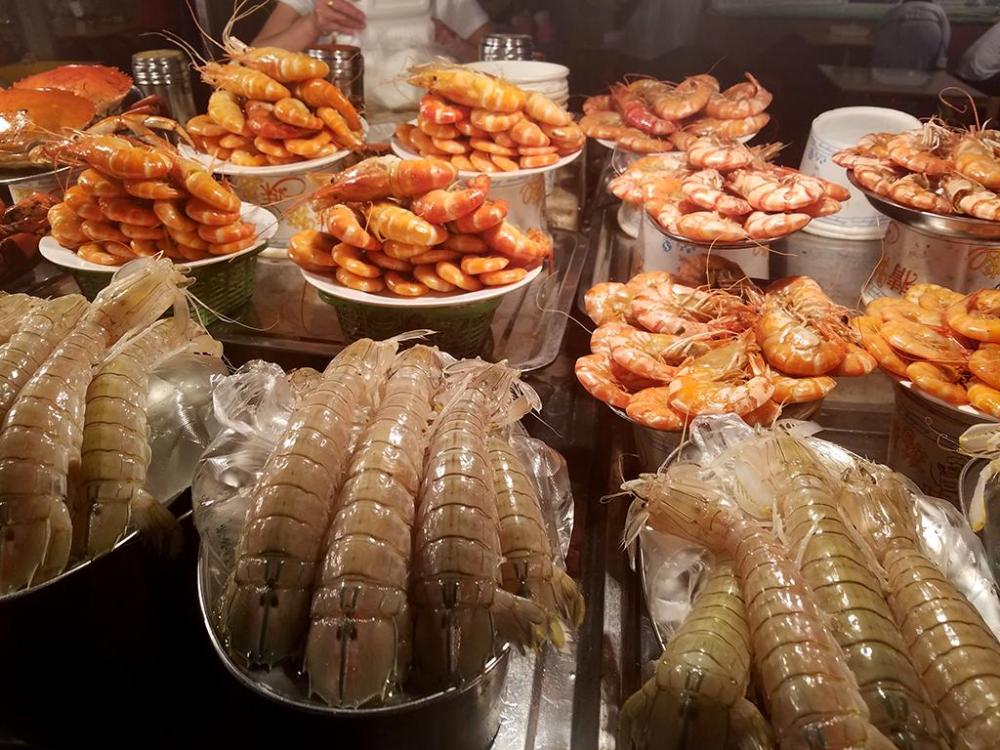
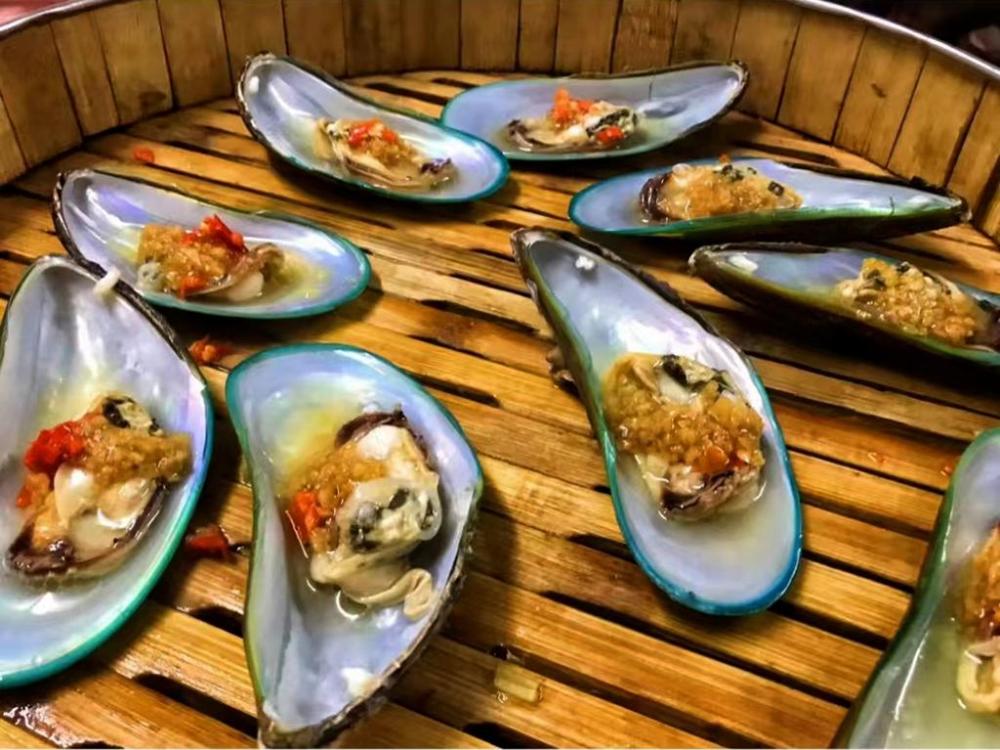
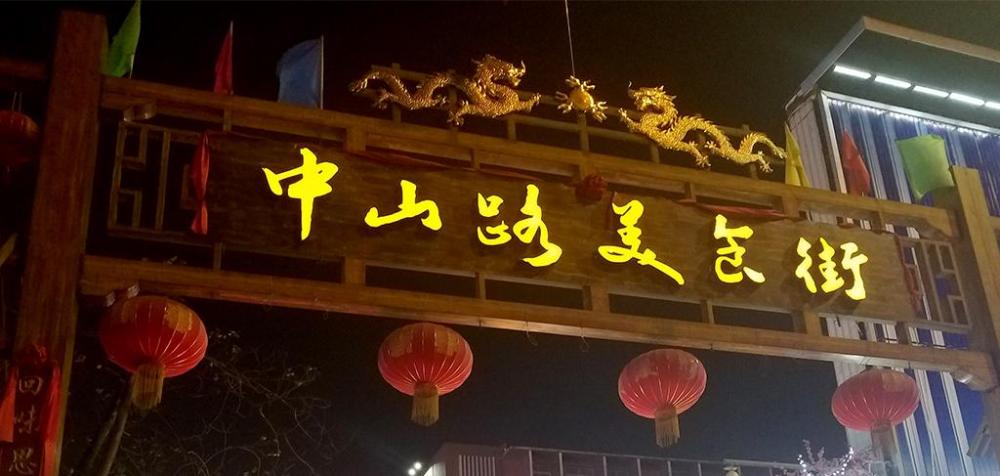

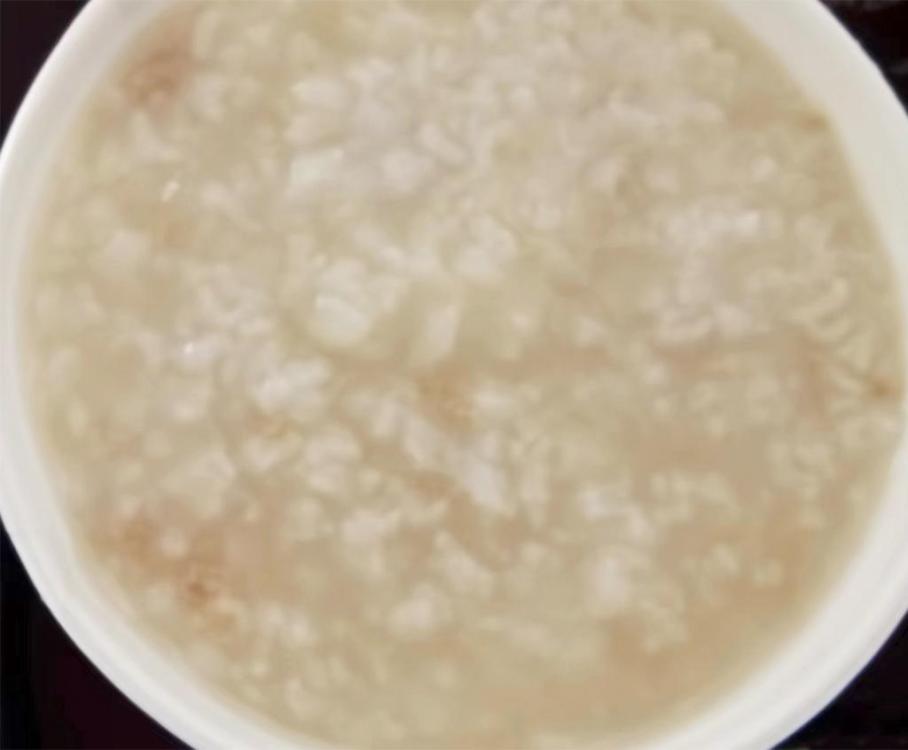
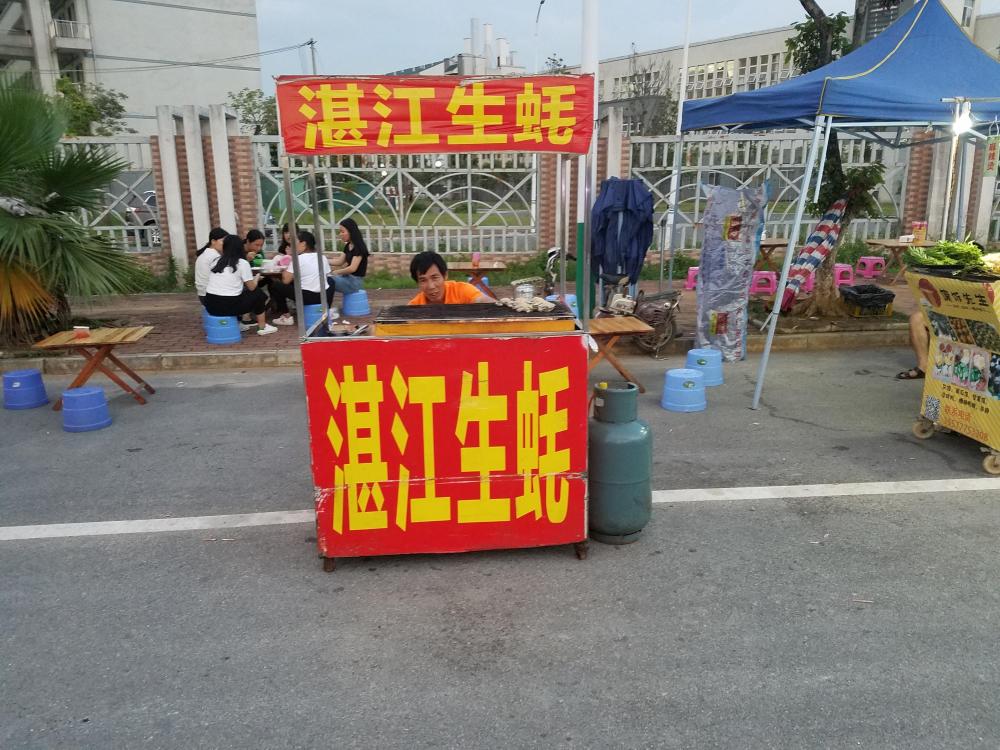
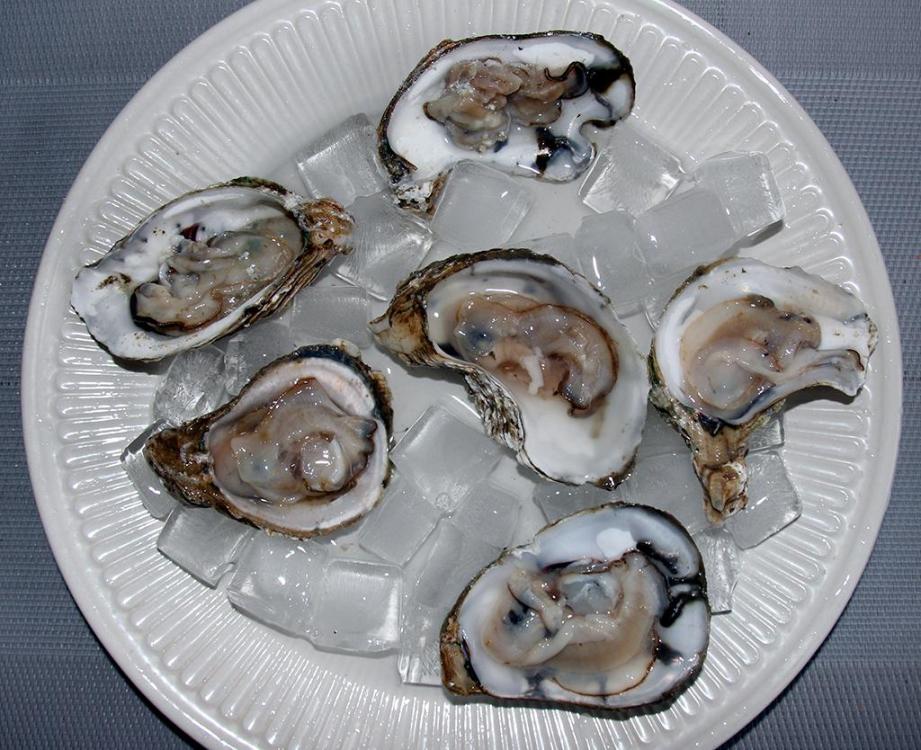
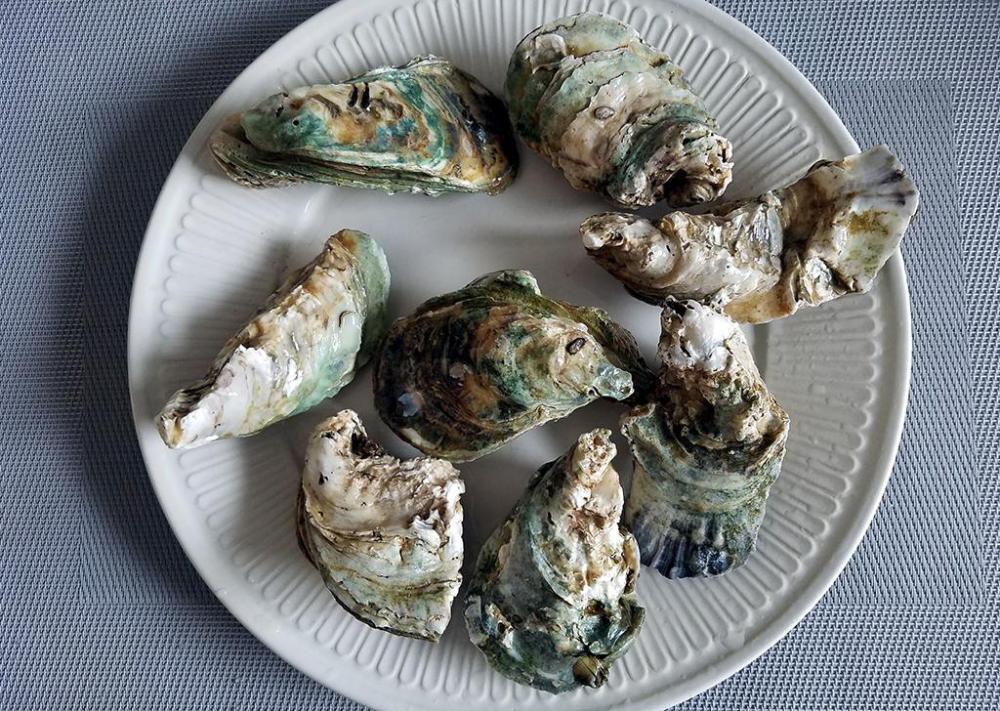
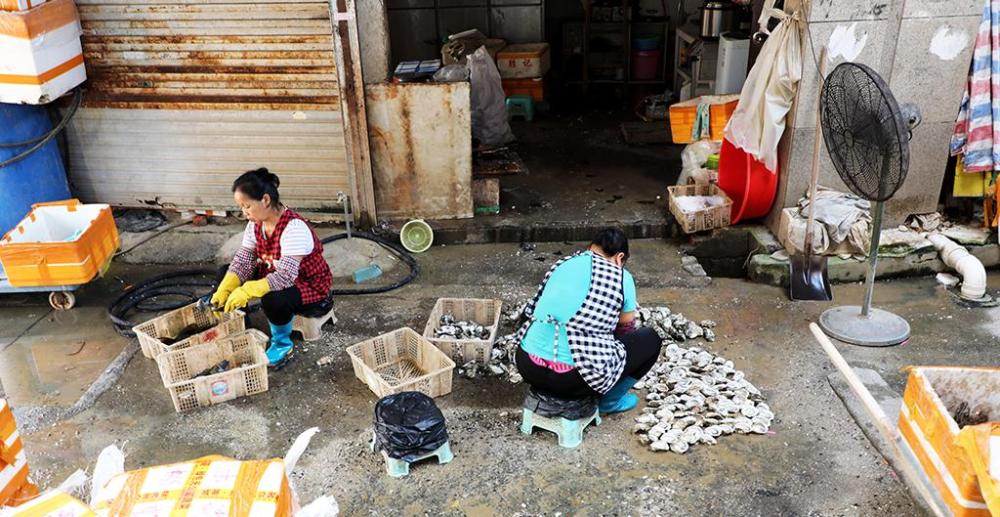

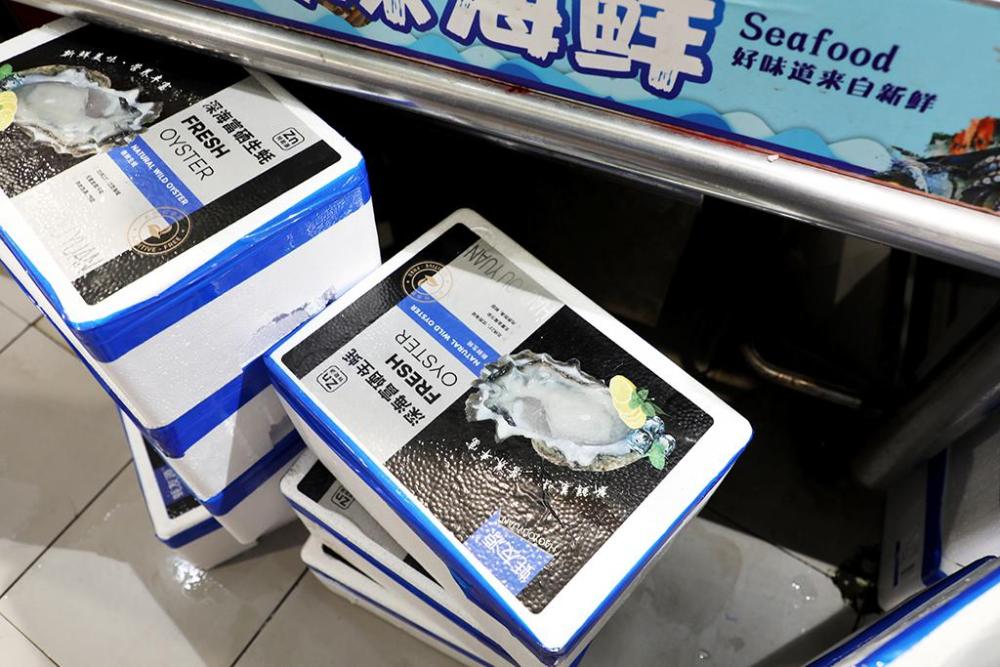



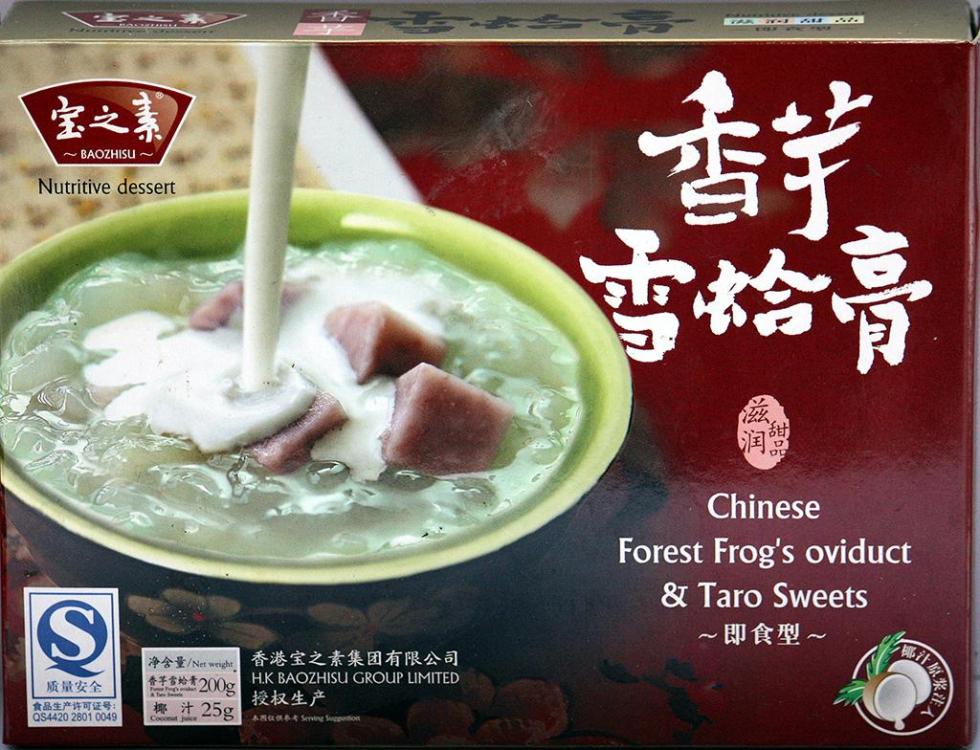
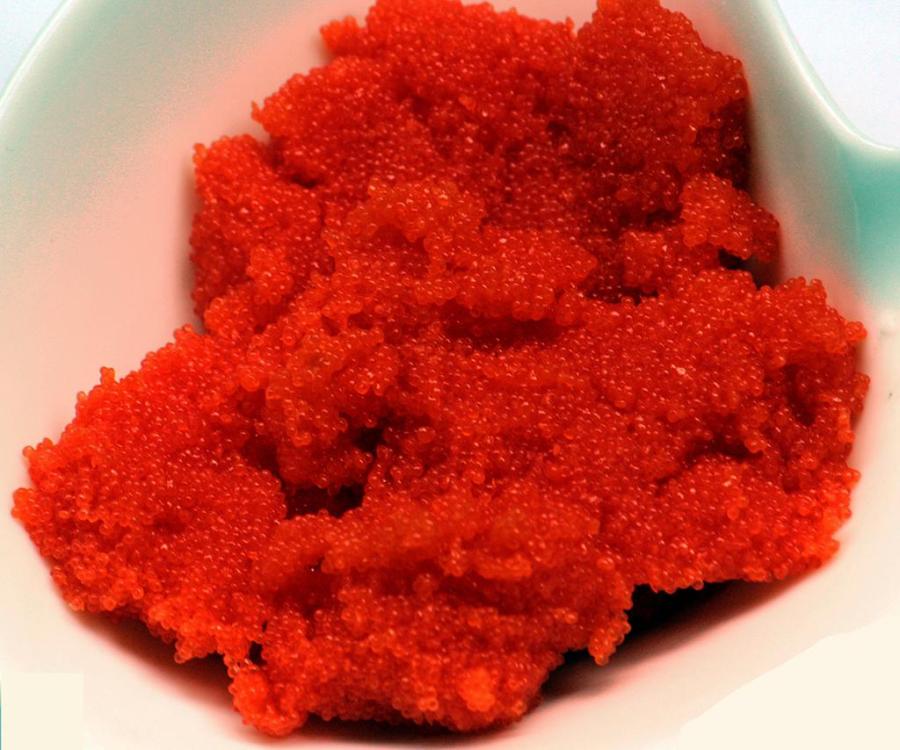


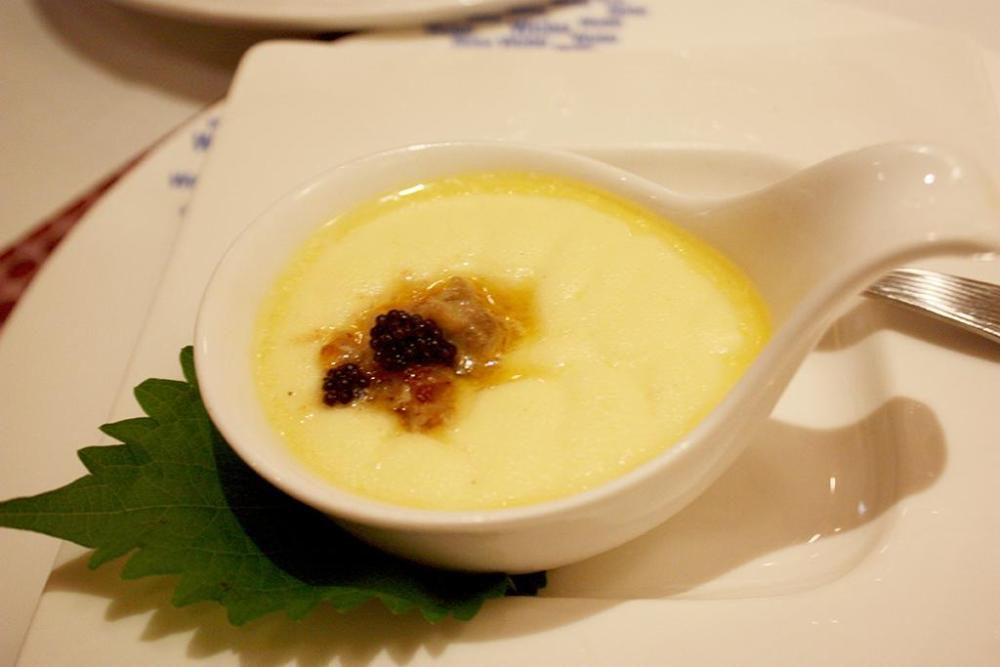
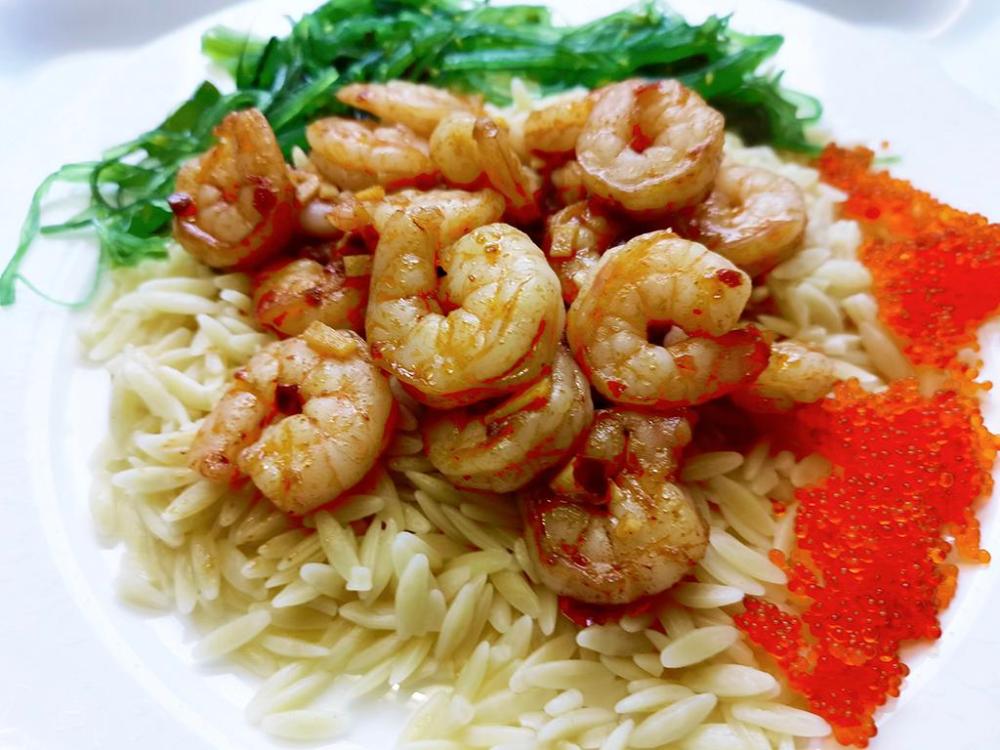
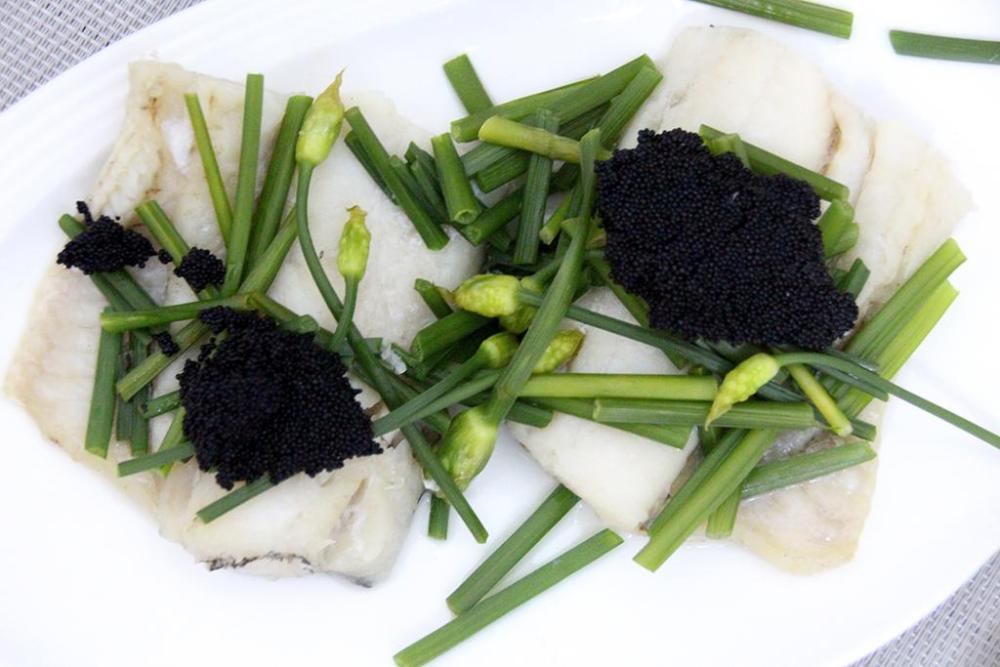
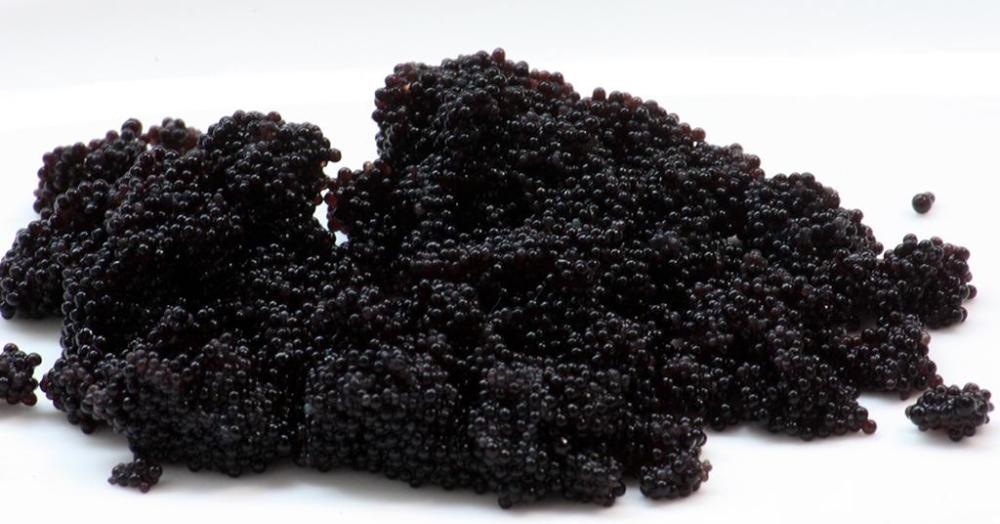
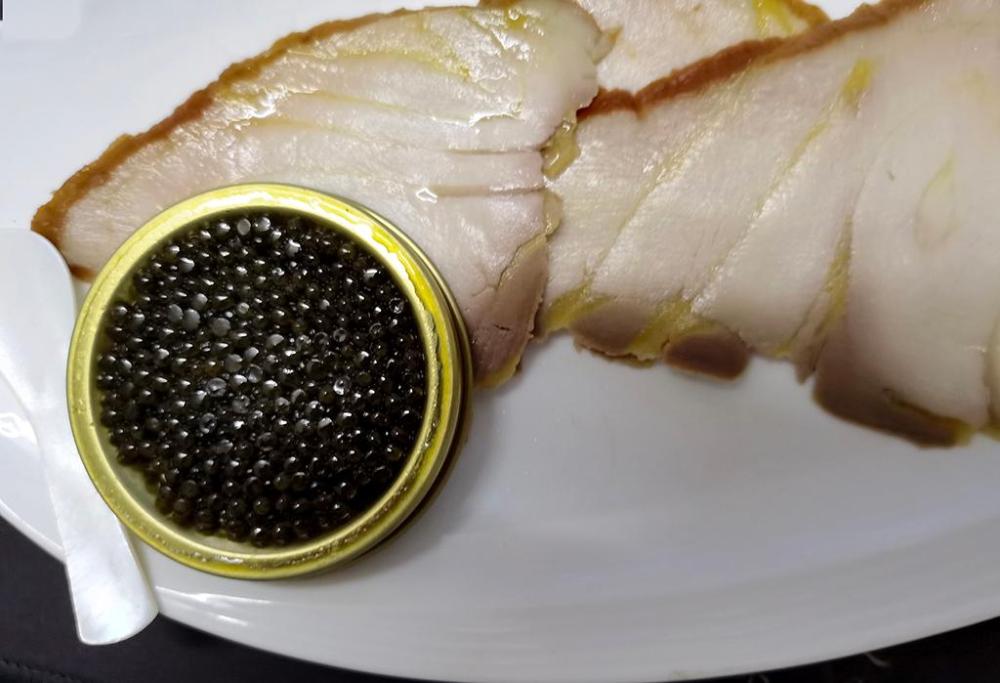
.thumb.jpg.331c1c54b883710e7daac79fd57d3c54.jpg)


